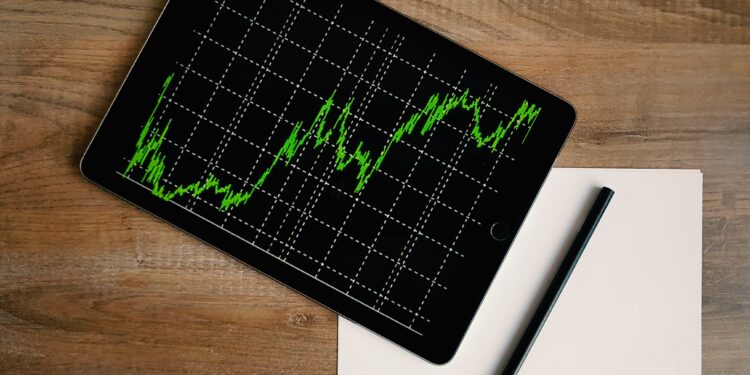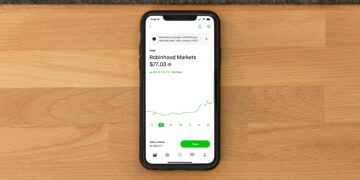E-commerce giant sees double-digit growth in users and sales, buoyed by government incentives
JD.com (JD) outperformed market forecasts for quarterly revenue, reporting a 13.4% year-over-year increase to 346.99 billion yuan ($47.91 billion) for the fourth quarter. The Chinese e-commerce giant’s aggressive discounting strategy and government incentives for trade-ins helped boost consumer spending, pushing its U.S.-listed shares up nearly 7% in premarket trading.
CEO Sandy Xu expressed optimism for 2025, citing a steady recovery in consumer sentiment. The company saw double-digit growth in key areas, including active users and shopping frequency, as well as strong performance across most product categories.
China’s e-commerce landscape has been intensely competitive, with major players like JD.com and Alibaba cutting prices on a wide range of products to entice shoppers amid a broader economic slowdown. The Chinese government has also stepped in with fiscal stimulus measures, including subsidies for appliance trade-ins, which have encouraged consumers to upgrade their household electronics.
As one of China’s leading home appliance retailers, JD.com has significantly benefited from these incentives. SPDB International had previously raised its revenue forecast for JD.com’s fourth quarter to 333.6 billion yuan, predicting a 9% year-over-year increase. However, JD.com surpassed these projections with its reported revenue.
Net income attributable to JD.com’s ordinary shareholders surged to 9.9 billion yuan, up from 3.4 billion yuan a year earlier, reflecting improved profitability alongside revenue growth. Analysts had expected revenue of 332.35 billion yuan, according to LSEG data.
With rising consumer engagement and government-backed incentives, JD.com is poised for continued growth as it heads into 2025, leveraging its pricing strategies and product offerings to maintain its competitive edge in China’s evolving e-commerce market.
You might like this article:CrowdStrike Reports Strong Q4 and FY 2025 Growth Amid AI-Driven Cybersecurity Demand











